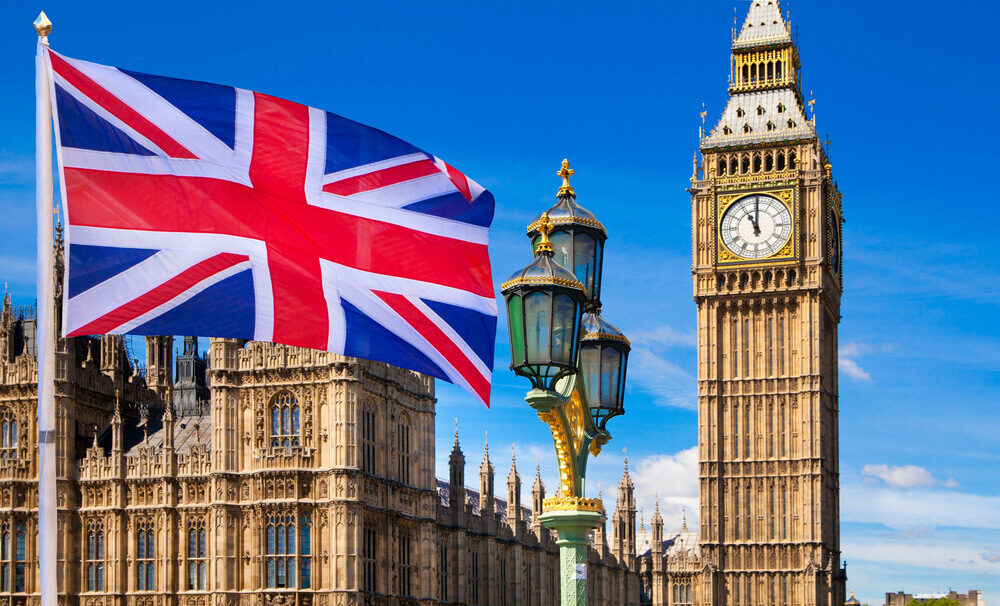
EURUSD, GBPUSD still under dollar pressure
EURUSD chart analysis
During the Asian session, the euro strengthened against the dollar after withdrawing on Friday. On Friday, the belief that the US Federal Reserve could raise the reference interest rate faster and more aggressively strengthened, which again, in short, gave impetus to the American currency. Several influential people from the world of finance talked about six or seven increases this year, and some about the rise of half a percent already in March. Currently, the euro is being exchanged for 1.14160 dollars, representing the strengthening of the common European currency by 0.07% since the beginning of trading tonight.
Bullish scenario:
- We need a new positive consolidation and a new turn from the current support to 1.14000.
- We have support for MA20 and MA50 moving averages in the 1.13000-1.13500 zone.
- After that, we return to the resistance zone at 1.15000, and the upper trend line creates additional pressure.
- The break above boosts bullish optimism and directs us to the 1.16000 next resistance zone.
Bearish scenario:
- We need to continue the current negative consolidation and a return to the 1.13000-1.135000 support zone.
- Break below, lead us to the next potential support zone at 1.12000, and there we test last year’s minimum.
GBPUSD chart analysis
Pair GBPUSD encountered an obstacle in the form of MA200 daily moving average, the price stopped at 1.37480, and after that, we have a current withdrawal at 1.36650. It is possible to pull to better support on the chart.
Bullish scenario:
- We need a new positive consolidation to re-test the MA200 moving average.
- Our main target is psychological resistance at 1.40000. The break above will intensify the bullish scenario, and our next target is the previous high from October at 1.38000.
Bearish scenario:
- We need to continue this negative consolidation, which would separate us from the MA200 and direct us to the next support at 1.36000.
- In the zone around 1.35000, we find support in the MA20 moving average.
- And if she doesn’t hold out, we move on to the next one at 1.34000.
- Depending on the bearish pressure, we cannot rule out large support at 1.32000 from December last year.
Market overview
British news
House prices in the UK rose in January at the fastest pace since 2016, with the largest number of sellers ever coming to market and an increase in the number of inquiries from potential buyers, data from the real estate website Rightmove showed on Monday.
House prices rose 7.6 percent year-on-year in January, after increasing 6.3 percent in December. This was the highest annual rate of price growth recorded by Rightmove since May 2016.
Demand prices have traditionally risen in January, although the figure this month compares to an unusual drop in January last year, as the rush to pass the March deadline for customs began to slow down, according to the real estate website. The number of buyers who inquired about houses was 15% higher than at the same time last year.
Tim Bannister, director of Rightmove’s Property Data, said: “It is clear that the trends that defined the market in 2021 have been transferred to this year as well. With that in mind, we see early signs of a better-balanced market in 2022”.
EU news
Consumer price inflation in Italy rose in December, as initially estimated, final data from the statistical office Istat showed on Monday. As estimated, consumer price inflation rose to 3.9 percent in December from 3.7 percent in November.
Monthly, consumer prices rose 0.4 percent, as originally estimated. Core inflation, which excludes energy and unprocessed food, rose to 1.5 percent from 1.3 percent in the previous month. In 2021, average consumer prices accelerated by 1.9 percent after falling by 0.2 percent in 2020. Core inflation rose to 0.8 percent from 0.5 percent in 2020.




